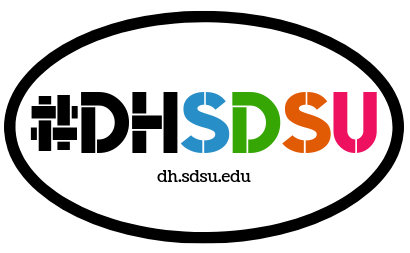We want our students to not only be able to build digital projects but also be aware (critical and reflexive) of how and why they create in the ways they do. We want them to apply such critical thinking to the larger world: Why does the Google website look the way it does? What is this website trying to get me to do?
“There is no such thing as digital information without filters,” Steven Johnson writes. Interfaces are everywhere, and they matter.
Programming and design are enacted by humans in languages, and with machines, developed by humans; these activities are thus embedded with biases and purposes. We want students to build with a mindset beyond “do no harm”; instead, “do good.”
Lessons:
- Interface User Design: This slide-deck is a lesson for thinking critically about how we read, build, and use interfaces. Additional resources available (by Pam Lach)
Resources:
- SDSU’s Digital Humanities Library Guide: “Usability, Accessibility, and Ethical Design”
- Ethical OS toolkit: A checklist of 8 risk zones to help you identify the emerging areas of risk and social harm most critical for your team to start considering now. 14 scenarios to spark conversation and stretch your imagination about the long-term impacts of tech you’re building today. 7 future-proofing strategies to help you take ethical action today.
- Value Sensitive Design program at the Information School of the University of Washington, co-Directors: Batya Friedman and David Hendry
Readings:
Batya Friedman and David Hendry, Value Sensitive Design: Shaping Technology with Moral Imagination ( MIT Press, 2019): Using our moral and technical imaginations to create responsible innovations: theory, method, and applications for value sensitive design.

Steven Johnson, Interface Culture: How New Technology Transforms the Way We Create and Communicate (Basic Books, 1997). One of the first books to take seriously the computer interface as a medium whose design matters, ideologically and aesthetically. It is an easy, accessible read, written for a popular audience, that illuminates how interfaces mean and matter.

Faculty point of contact:
- Pam Lach (Digital Humanities Librarian). plach@sdsu.edu
